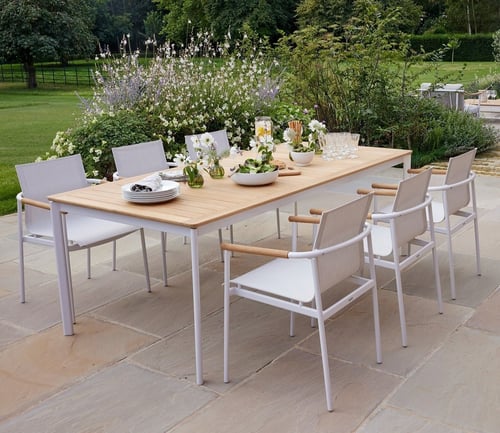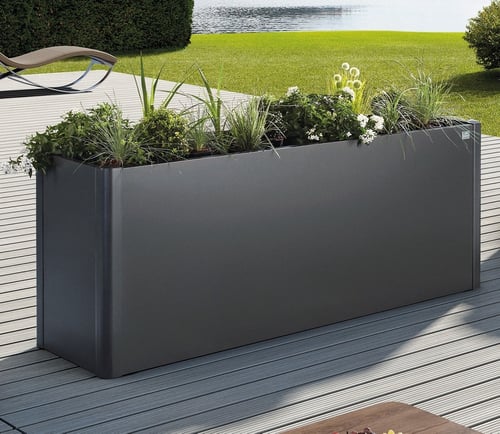Cultivated for hundreds of years there is now a huge choice of over 4000 varieties, consisting of may types – old fashioned, Hybrid Tea, Floribunda, Shrub, Climber, Patio etc. Unless you are a total perfectionist, roses are no more difficult to grow than the average shrub.
It's true that many, especially older varieties of rose can suffer problems, mainly mildew, rust and black spot, others will only grow well in a perfect location, while some have weak stems that need support. However with disease resistant varieties and modern cultivation techniques, these problems can be minimised and avoided.
Planting position
Roses need to be planted in an open, preferably sheltered position, away from trees and hedges. Although they will grow in different soil types, the most favourable would be a heavier type such as clay or loam.
Potted Roses should be planted in the spring or autumn and, if watered well, during the summer; bare rooted roses are bought and planted in the winter. Make sure you work in lots of organic matter, compost or manure to a good depth, and plant the rose so that the rootstock graft is about one inch below ground.
Feeding is essential, roses need the normal roster of nutrients gained from a general fertilizer plus extra potash and magnesium found in specialist rose feed. Mulching is also necessary, manure or compost, every spring to add trace elements, suppress weeds and encourage moisture retention.
Annual pruning
Pruning is required each year and can be a mysterious art to many people. However, the fundamental principle is that you should cut out dead growth entirely and cut back weak shoots harder than stronger ones.
Timing and just how hard you prune depends on the type of rose. Hybrid teas and floribundas need to be pruned in late winter to early spring, always cutting to an outward facing bud. Both modern shrub roses and old fashioned roses require only light pruning after flowering to maintain their shape.
For taller varieties of bush roses, like Queen Elizabeth, it is good practice to prune back by about one third in autumn and a further third in early spring. By removing some of the height of the rose in the autumn you reduce the risk of allowing the autumn and winter winds to shake the roots in the soil and destabilising the rose. The second cut ensures good shape and room for plenty of healthy new growth from spring onwards meaning more andbetter quality blooms.
Deadheading back to a healthy leaf, removing weak stems altogether, is another essential summer task, as you want the rose to produce more flowers rather than set seed. Suckers, vigorous stems of no value, also need to be removed.
Potted roses
British Potted Roses offer excellent disease resistance, fragrance and colour. A variety such as 'Happy Ruby Wedding' with masses of dark red flowers are excellent for special occasions, and for a specific location, a rose such as the 'Golden Wishes' patio rose would be ideal with trusses of abundant golden yellow blooms.
There are climbers such as 'New Dawn' and ramblers such as the strongly fragrant 'Alfresco', and who could forget the 'Remember Me ' Hybrid Tea that has fragrant orange and yellow flowers.
Whatever you decide, the rose will reward a little care and attention that will fill your garden or any outdoor space with a blooming good show.















